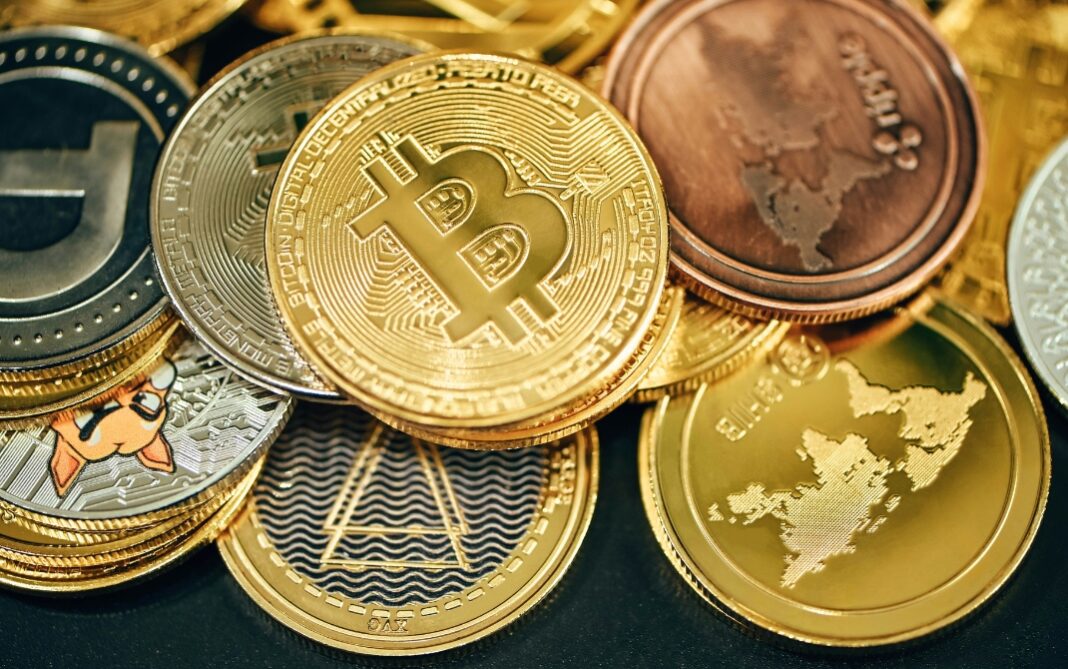NFTs (Non-Fungible Tokens) exploded onto the scene a few years ago, promising to revolutionize everything from art and gaming to online transactions and digital ownership. However, like any disruptive technology, the initial hype has faded, leaving many to wonder: “Are NFTs dead?” While the market has faced challenges, the technology behind NFTs is far from obsolete. In fact, the real potential of NFTs may be just beginning to emerge as the market matures. Let’s take a look at where NFTs are headed, how they’re evolving, and why they could still play a major role in industries like gaming and marketing beyond 2025.
NFTs: From Hype to Reality
At their peak, NFTs were seen as a goldmine for digital artists, gamers, and collectors. However, much like cryptocurrencies, their value can be volatile, with prices fluctuating wildly in a short amount of time. This has led to skepticism about whether NFTs were merely a speculative bubble. However, it’s important to recognize that the real value of NFTs isn’t just in their novelty, but in the underlying technology. By utilizing blockchain, NFTs provide secure, transparent ownership of digital assets. While the initial hype may have subsided, the functionality and security of NFTs still make them an intriguing option for various industries moving forward.
Are NFTs Really Dead? Not Quite
While many individual NFT projects may have crashed or lost value in the short term, the technology itself is very much alive. The current downturn doesn’t mean NFTs are dead; rather, it signifies that the market is undergoing a phase of maturation. As the initial speculative frenzy fades, the focus is shifting from hype to practical applications. As more industries explore how NFTs can offer genuine value, we’re likely to see a resurgence based on utility-driven use cases. Whether in gaming, marketing, or digital art, NFTs are far from being buried. The next wave will focus on how NFTs can serve long-term consumer needs.
The Role of NFTs in Marketing and Branding
One of the most promising areas where NFTs are beginning to thrive is in marketing and branding. Major companies and brands are increasingly experimenting with NFTs to create unique digital experiences for their customers. By combining physical and digital goods, brands are leveraging NFTs to offer exclusive access, limited-edition products, and virtual experiences that appeal to a younger, tech-savvy demographic. These innovative marketing strategies could help drive mainstream acceptance of NFTs and create more opportunities for businesses to engage with their audiences in new and exciting ways.
NFTs and the Future of Blockchain Gaming
Another industry where NFTs are making a significant impact is in play-to-earn gaming. Developers are integrating NFTs into their gameplay, allowing players to own in-game items, such as skins, weapons, or characters, as unique digital assets that can be traded or sold for real money. This shift is changing the way players interact with games and has opened up entirely new revenue streams for developers. As the gaming world continues to evolve, NFTs are set to become a crucial part of the gaming ecosystem, offering players greater control over their virtual assets and enhancing the gaming experience.
The Impact of Regulation on NFTs’ Future
While the NFT market has faced some volatility, the introduction of clear regulations could play a major role in restoring market confidence. Governments, especially in the U.S., are expected to develop clearer regulatory frameworks for both cryptocurrencies and NFTs. This could include creating rules that protect consumers and developers, ensuring fair practices and transparency in the market. Regulatory clarity will likely boost trust in NFTs, attracting more serious investors and creators who are currently hesitant due to the regulatory gray area. As we move toward 2025, clearer policies could provide the foundation for NFTs to thrive in a more stable and trusted environment.
Also read: Emerging Economies and Cryptocurrency: Future Trends in Banking
Conclusion
NFTs are far from dead; they are simply evolving. While the market may be in a lull, the potential for NFTs to disrupt industries like gaming, marketing, and digital art is real. As more practical use cases emerge, and with the possibility of clearer regulations on the horizon, NFTs could find a more sustainable path forward. If the next few years are any indication, the future of NFTs beyond 2025 looks brighter than ever.




